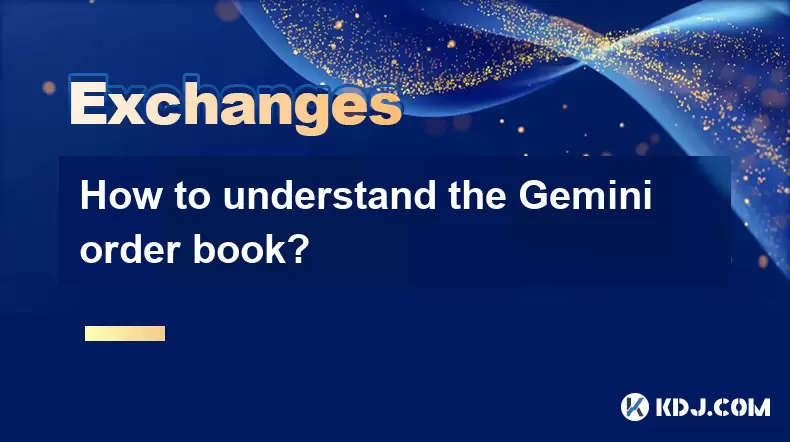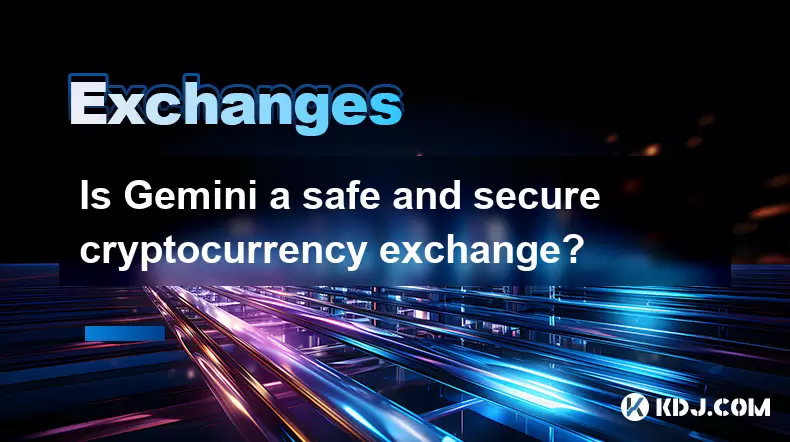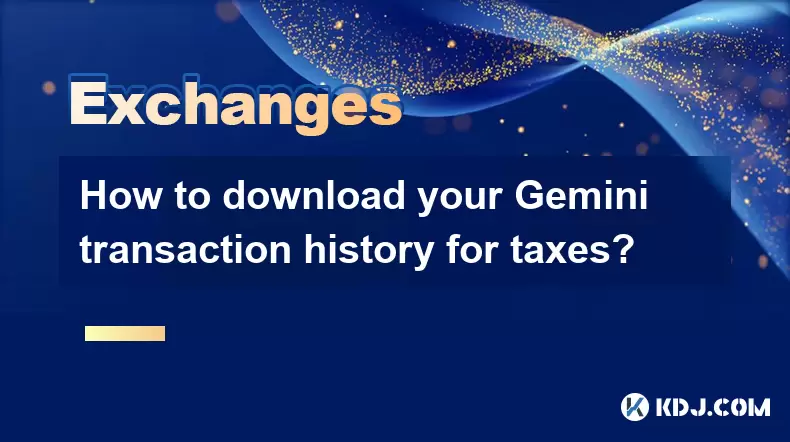-
 Bitcoin
Bitcoin $112400
-1.07% -
 Ethereum
Ethereum $3409
-3.27% -
 XRP
XRP $2.784
-6.60% -
 Tether USDt
Tether USDt $0.9997
-0.03% -
 BNB
BNB $739.3
-2.09% -
 Solana
Solana $158.0
-2.90% -
 USDC
USDC $0.9998
-0.02% -
 TRON
TRON $0.3213
-0.94% -
 Dogecoin
Dogecoin $0.1929
-5.01% -
 Cardano
Cardano $0.6974
-2.82% -
 Hyperliquid
Hyperliquid $36.69
-2.31% -
 Sui
Sui $3.327
-4.80% -
 Stellar
Stellar $0.3672
-5.18% -
 Chainlink
Chainlink $15.65
-3.07% -
 Bitcoin Cash
Bitcoin Cash $525.0
-1.68% -
 Hedera
Hedera $0.2291
-6.00% -
 Avalanche
Avalanche $20.91
-2.96% -
 Ethena USDe
Ethena USDe $1.000
0.00% -
 Toncoin
Toncoin $3.520
-1.12% -
 UNUS SED LEO
UNUS SED LEO $8.968
0.14% -
 Litecoin
Litecoin $105.7
0.26% -
 Shiba Inu
Shiba Inu $0.00001181
-1.79% -
 Polkadot
Polkadot $3.492
-2.08% -
 Uniswap
Uniswap $8.800
-3.10% -
 Dai
Dai $0.9999
-0.01% -
 Monero
Monero $289.9
-3.17% -
 Bitget Token
Bitget Token $4.243
-1.27% -
 Pepe
Pepe $0.00001006
-3.67% -
 Cronos
Cronos $0.1248
-5.68% -
 Aave
Aave $249.7
-2.50%
How to manage your portfolio on Gemini?
Access your Gemini portfolio dashboard to view asset allocation, real-time price charts, and transaction history—all in one secure, customizable interface.
Aug 03, 2025 at 10:36 am

Accessing Your Gemini Portfolio Dashboard
To begin managing your portfolio on Gemini, you must first log in to your account through the official website or the mobile application. Once logged in, navigate to the “Portfolio” tab located in the main navigation menu. This dashboard serves as the central hub for all your holdings, transaction history, and performance analytics. The interface displays a visual breakdown of your asset allocation, showing the percentage and value of each cryptocurrency you own. You can customize the view to display data in USD or other supported fiat currencies. The dashboard also includes a real-time price chart for each asset, allowing you to monitor fluctuations as they occur. Ensuring two-factor authentication (2FA) is enabled protects your access and maintains the integrity of your portfolio data.
Viewing and Analyzing Asset Holdings
The portfolio dashboard provides a comprehensive list of all your cryptocurrency holdings. Each asset is listed with its current balance, market value, 24-hour change, and total percentage of the portfolio. Clicking on any individual asset opens a detailed view, including historical performance graphs, trading pairs, and recent transaction activity. You can sort holdings by value, percentage, or name to prioritize visibility of specific assets. The “Holdings” section also allows filtering by asset type—such as stablecoins, tokens, or coins—to streamline analysis. For investors tracking diversification, this breakdown helps identify overexposure or underrepresentation in certain sectors. The platform updates prices every few seconds, ensuring accuracy in valuation calculations.
Executing Trades to Adjust Your Portfolio
To rebalance or modify your portfolio, use the “Trade” feature accessible from the same navigation bar. Select the trading pair you wish to use—such as BTC/USD or ETH/USD—and choose between limit, market, or stop orders based on your strategy. In the order form, specify the amount of cryptocurrency or fiat you want to buy or sell. Before confirming, review the estimated fees and final execution price. Once submitted, the trade appears in your “Orders” tab, where you can monitor its status. Completed trades automatically reflect in your portfolio balance within seconds. It is crucial to double-check wallet availability and network fees, especially when trading low-liquidity assets. Using price alerts can help time entries and exits more effectively.
Setting Up Price Alerts and Notifications
Gemini allows users to set custom price alerts to stay informed about market movements affecting their portfolio. Navigate to any asset’s detail page and locate the bell icon or “Price Alerts” option. Enter your desired price threshold for upward or downward movement. You can set multiple alerts per asset. These notifications are delivered via email, SMS, or push notification depending on your account settings. To manage alerts, go to the “Alerts” section under the user menu. Disabling or editing existing alerts is possible at any time. Enabling these features ensures you don’t miss critical market shifts, especially during volatile periods. Keeping alert thresholds realistic avoids information overload and maintains focus on strategic decision-making.
Transferring Assets In and Out of Your Portfolio
Managing your portfolio also involves moving assets between external wallets and your Gemini account. To deposit funds, go to the “Deposit” section, select the cryptocurrency or fiat currency, and follow the instructions. For crypto deposits, Gemini generates a unique wallet address for each asset—never reuse addresses across transactions. Copy the address carefully and initiate the transfer from your external wallet. Allow time for blockchain confirmations, which vary by network. To withdraw, select “Withdraw”, choose the asset, enter the destination address, and specify the amount. Always perform a small test transaction before large withdrawals. Withdrawal requests require 2FA confirmation and may undergo security reviews. These transfers directly impact your portfolio composition and should be logged for tax and tracking purposes.
Utilizing Gemini Earn and ActiveTrader Features
Beyond basic holdings, Gemini offers tools like Gemini Earn and ActiveTrader to enhance portfolio management. Gemini Earn allows you to earn interest on eligible cryptocurrencies by locking them in a yield-bearing account. To enroll, navigate to the Earn section, select an asset, and transfer funds from your wallet. Interest accrues daily and is credited weekly. Note that funds in Earn are not available for trading until withdrawn. For advanced users, ActiveTrader provides lower fees, advanced charting, and real-time order book data. Switching to ActiveTrader mode changes the interface and fee structure—makers may receive rebates while takers pay a percentage. These features allow for more dynamic portfolio strategies, including yield generation and high-frequency adjustments.
Frequently Asked Questions
Can I track my portfolio performance over time on Gemini?
Yes, Gemini provides a performance tab that shows your portfolio’s value history over specific periods—7 days, 1 month, 3 months, or custom ranges. This includes cumulative gains or losses and daily snapshots. The data is visualized in an interactive chart, and you can hover over points to see exact values on specific dates.
How do I download my portfolio transaction history?
Go to the “Reports” section under the account menu. Select the date range and transaction types (trades, deposits, withdrawals). Click “Generate Report,” and choose CSV or PDF format. The file will include timestamps, asset types, amounts, fees, and counterparties. This is useful for tax reporting or external portfolio tracking.
Is it possible to hide small balances or specific assets from my portfolio view?
Gemini does not offer a built-in hide feature for assets. However, you can manually transfer small balances to a separate wallet or consolidate them. Alternatively, focus on the top-performing assets in the summary view to minimize visual clutter.
What happens to my portfolio if I enable Gemini Custody for certain assets?
Assets moved to Gemini Custody are segregated from your exchange wallet and managed under institutional-grade security. They will no longer appear in your main portfolio dashboard but can be viewed under the “Custody” tab. Transfers between custody and trading accounts require manual initiation and approval.
Disclaimer:info@kdj.com
The information provided is not trading advice. kdj.com does not assume any responsibility for any investments made based on the information provided in this article. Cryptocurrencies are highly volatile and it is highly recommended that you invest with caution after thorough research!
If you believe that the content used on this website infringes your copyright, please contact us immediately (info@kdj.com) and we will delete it promptly.
- BlockDAG, SEI, Ethena: Top Crypto Performers Under the Microscope
- 2025-08-03 10:50:16
- Bitcoin Blasts Past $119K: How Institutional Adoption and Macro Shifts Fuel the Fire
- 2025-08-03 10:55:16
- Crypto, Grok, and August: Decoding the Latest Trends and Insights
- 2025-08-03 11:10:16
- Crypto, Phishing, and Your Wallet: A New Yorker's Guide to Staying Safe
- 2025-08-03 10:30:16
- Troller Cat Meme Coin Presale Soars: A New King in the Crypto Jungle?
- 2025-08-03 10:30:16
- Grayscale, Altcoin Trust, and Mid-Cap Mania: What's the Deal?
- 2025-08-03 08:50:16
Related knowledge

How to set and manage alerts on the Gemini app?
Aug 03,2025 at 11:00am
Understanding the Gemini App Alert SystemThe Gemini app offers users a powerful way to stay informed about their cryptocurrency holdings, price moveme...

How to manage your portfolio on Gemini?
Aug 03,2025 at 10:36am
Accessing Your Gemini Portfolio DashboardTo begin managing your portfolio on Gemini, you must first log in to your account through the official websit...

How to understand the Gemini order book?
Aug 02,2025 at 03:35pm
What Is the Gemini Order Book?The Gemini order book is a real-time ledger that displays all open buy and sell orders for a specific cryptocurrency tra...

Is Gemini a safe and secure cryptocurrency exchange?
Aug 02,2025 at 10:42pm
Understanding Gemini’s Regulatory ComplianceGemini is a New York State-chartered trust company, which places it under the supervision of the New York ...

How to download your Gemini transaction history for taxes?
Aug 03,2025 at 09:15am
Understanding Gemini Transaction History for Tax PurposesWhen preparing your cryptocurrency tax filings, having a complete and accurate record of all ...

How to transfer crypto from another exchange to Gemini?
Aug 02,2025 at 07:28pm
Understanding the Basics of Crypto Transfers to GeminiTransferring cryptocurrency from another exchange to Gemini involves moving digital assets from ...

How to set and manage alerts on the Gemini app?
Aug 03,2025 at 11:00am
Understanding the Gemini App Alert SystemThe Gemini app offers users a powerful way to stay informed about their cryptocurrency holdings, price moveme...

How to manage your portfolio on Gemini?
Aug 03,2025 at 10:36am
Accessing Your Gemini Portfolio DashboardTo begin managing your portfolio on Gemini, you must first log in to your account through the official websit...

How to understand the Gemini order book?
Aug 02,2025 at 03:35pm
What Is the Gemini Order Book?The Gemini order book is a real-time ledger that displays all open buy and sell orders for a specific cryptocurrency tra...

Is Gemini a safe and secure cryptocurrency exchange?
Aug 02,2025 at 10:42pm
Understanding Gemini’s Regulatory ComplianceGemini is a New York State-chartered trust company, which places it under the supervision of the New York ...

How to download your Gemini transaction history for taxes?
Aug 03,2025 at 09:15am
Understanding Gemini Transaction History for Tax PurposesWhen preparing your cryptocurrency tax filings, having a complete and accurate record of all ...

How to transfer crypto from another exchange to Gemini?
Aug 02,2025 at 07:28pm
Understanding the Basics of Crypto Transfers to GeminiTransferring cryptocurrency from another exchange to Gemini involves moving digital assets from ...
See all articles

























































































